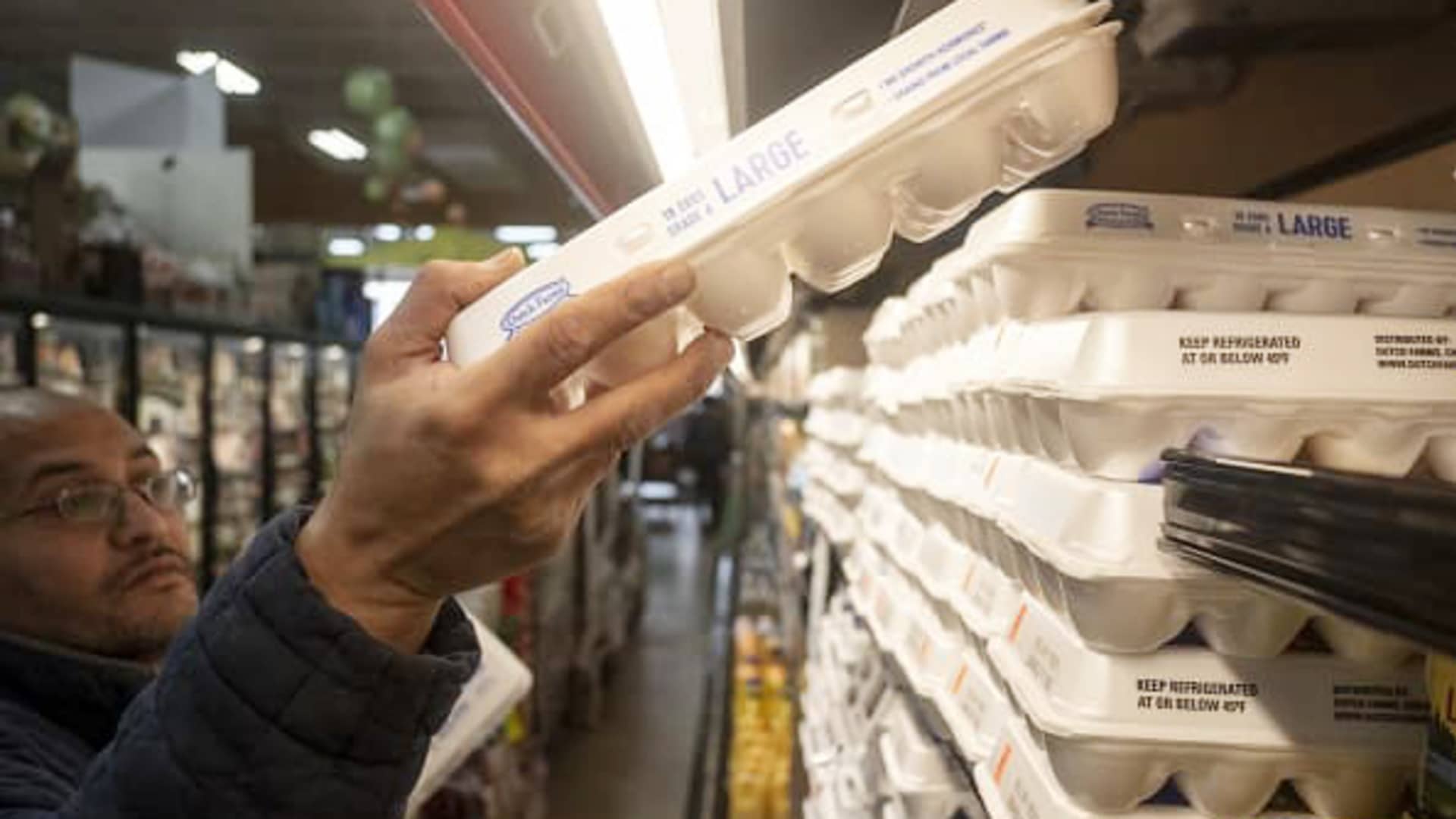The slowing of the annual inflation rate to 2.9%, the lowest since 2021, is a significant development with both positive and cautionary implications for the economy. On one hand, a lower inflation rate is generally good news for consumers, as it suggests that the rapid increase in the cost of goods and services is easing. This can help improve purchasing power and consumer confidence, which are critical for sustained economic growth.
A 2.9% “annual” inflation rate is closer to the target range that many central banks, including the Federal Reserve in the U.S., typically aim for—around 2%.
This slowdown may indicate that the aggressive interest rate hikes and other monetary policies implemented to curb inflation are starting to take effect. It suggests that the economy might be moving towards a more stable and sustainable path, avoiding the extremes of high inflation or deflation.
However, while this decline is promising, it’s important to approach it with caution. Several factors could still pose risks. The global economic environment remains uncertain, with ongoing geopolitical tensions, supply chain disruptions, and the lingering effects of the pandemic. Additionally, sectors like energy and housing can still experience volatility, which might influence overall inflation rates in the future.
Moreover, the pace of this slowdown could raise questions about whether the economy is heading into a period of stagnation or even deflation if demand weakens too much. While central banks have more room to maneuver with lower inflation, the challenge remains to strike a balance between fostering growth and keeping inflation in check without tipping the economy into recession.
In summary, the slowing inflation rate to 2.9% is a positive sign, but it should be monitored closely. It’s a delicate situation where policymakers need to ensure that the measures taken to control inflation do not inadvertently stifle economic growth.
Inflation rose as expected in July, driven by higher housing-related costs, according to a Labor Department report Wednesday that is likely to keep an interest rate cut on the table in September.
The consumer price index, a broad-based measure of prices for goods and services, increased 0.2% for the month, putting the 12-month inflation rate at 2.9%. Economists surveyed by Dow Jones had been looking for respective readings of 0.2% and 3%.
Excluding food and energy, the core CPI came in at a 0.2% monthly increase and a 3.2% annual inflation rate, meeting expectations.
The annual rate is the lowest since March 2021, while the core is the lowest since April 2021, according to the Bureau of Labor Statistics report. Headline inflation was 3% in June.
A 0.4% rise in shelter costs was responsible for 90% of the all-items inflation increase. Food prices climbed 0.2% while energy was flat.
Stock market futures were mildly negative after the report, while Treasury yields were mostly higher.
Though food inflation was soft on the month, multiple categories saw sizeable increases, most notably eggs, which were up 5.5%. Cereals and bakery items declined 0.5% while dairy and related products fell 0.2%.
Inflation readings have been gradually drifting back to the central bank’s 2% target. A report Tuesday from the Labor Department showed that producer prices, a proxy for wholesale inflation, rose just 0.1% in July and were up 2.2% year over year.
Fed officials have indicated a willingness to ease, though they’ve been careful not to commit to a specific timetable nor to speculate about the pace at which cuts might occur. Futures market pricing currently points to a slightly better chance of a quarter percentage point reduction at the Fed’s next scheduled meeting, Sept. 17-18, and at least a full point in moves by the end of 2024.
“Today’s CPI print removes any lingering inflation obstacles that may have been preventing the Fed from starting the rate cutting cycle in September,” said Seema Shah, chief global strategist at Principal Asset Management. “Yet, the number also suggests limited urgency for a 50 basis point cut.”
As inflation has eased, percolating concerns about a slowing labor market seemed to have raised the likelihood that the Fed will start cutting for the first time since the early days of the Covid crisis.
“Coming down, but the sticky areas continue to be sticky,” Liz Ann Sonders, chief investment strategist at Charles Schwab, said in describing the CPI report. “We have to keep a close eye on both the inflation data as well as the employment data.”
There were several crosscurrents in the report that indeed suggest inflation is stubborn in some areas.
Automotive prices continued to decline, with new vehicles down 0.2% and used cars and trucks off 2.3% for the month and 10.9% from a year ago. However, auto insurance costs climbed another 1.2% and are up 18.6% on a 12-month basis.
On the shelter component, which makes up more than one-third of the index, an item that asks property owners what they could get in rent increased 0.4% and was up 5.3% annually, again defying Fed expectations for an easing in housing-related costs.
On the other hand, multiple categories showed signs of deflation on the month, including medical care services (-0.3%), apparel (-0.4%) and core commodity prices (-0.3%).


Thank you for your sharing. I am worried that I lack creative ideas. It is your article that makes me full of hope. Thank you. But, I have a question, can you help me?